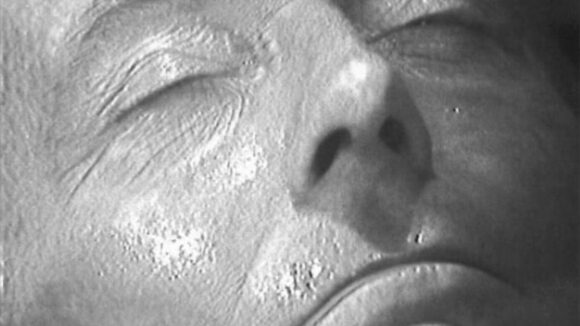Reading What Is Regeneration by Jane Maienschein and Kate MacCord for New Scientist, 30 March 2022
Some animals are able to regrow lost or damaged parts. Crabs and lobsters regenerate whole tentacles and claws. Many more animals have lifecycles that involve the wholesale shedding and regrowth of certain tissues. (Unlike hydras and some worms, we humans cannot regrow our heads; but we can regrow our fingernails.)
Regeneration is such a peculiar property, it is surprisingly often ignored or discounted. The 18th-century French naturalist René-Antoine Réaumur spoke to people who made their living by fishing and was surprised when they dismissed stories of limb regeneration as mere “fables”. (His own somewhat bloodthirsty experiments on the local crayfish showed otherwise.)
So is regeneration a mere oddity? Is there any underlying logic to it? And what does it have to do with the grander mysteries of birth, death and development?
Jane Maienschein directs the History and Philosophy of Science Project at the Marine Biological Laboratory in Woods Hole, Massachusetts. Kate MacCord administers the centre’s effort to study how regeneration works across the scales of complex living systems. This book is their collaborative effort to understand why regeneration occurs when it does, and whether the regeneration of communities (the gut flora in your intestines after a course of antibiotics, say, or the regeneration of woodland after a forest fire) bears anything more than a semantic relationship with the kind of regeneration those crayfish enjoyed in the weeks following their unlucky encounter with M. Réaumur.
Regeneration turns out to be one of those simple, discrete, observable phenomena that, the closer we look at them, seem to vanish into thin air. For instance, when we think about regeneration, are we thinking about regeneration of structure, or regeneration of function, or both? How we think about regeneration impacts whether and where we think it occurs.
The authors’ history of regeneration begins with Aristotle and ends with Magdalena Zernicka-Goetz’s current work on cellular signalling. Their account pivots on Thomas Hunt Morgan (better known as a pioneer of chromosomal genetics) and in particular on his book Regeneration of 1901. Morgan, more than anyone before or since, attempted to establish clear boundaries around the phenomenon of regeneration. The terminology he invented remains useful. Restorative regeneration occurs in response to injury. Physiological regeneration describes replacement, as when a bird moults its feathers or an elk its antlers and a new structures grow in their place. Morphallaxis refers to cases of reshaping, as when a hydra, cut to pieces, reorganises itself into a new hydra without going through the normal processes of cell division.
Morgan’s observations and analysis established that the mechanisms of regeneration are not (as our authors put it) “a special response to changing environmental conditions but, rather, an internal normal process of growth and development. Nor is regeneration an evolutionary adaptation to external conditions, even though the process may be useful.”
So here’s the problem: if the mechanisms of regeneration cannot be distinguished from the mechanisms of growth and development, what’s to stop everything regenerating all the time? What dictates lawful regrowth, and why does it happen only in some tissues, only in some species, and only some of the time?
Far from being an interesting curio, regeneration turns out to be a window through which we glimpse the tightly imbricated (if not impossibly entangled) feedback loops from which the living world, at every scale, is composed. The words of geneticist François Jacob, writing in 1974 and quoted here, barely conveys the scale of the challenge the authors reveal: “every object that biology studies is a system of systems.”
No wonder that regeneration remains largely a mystery; that hopeful regenerative therapies using stem cells usually fail (and usually for unfathomable reasons); and that even the simplest ecosystems elude our control.
Maienschein and MacCord take fewer than 150 pages to anatomise the complexities and ambiguities that their simple question throws up. It is to their further credit that they do not make the biology any more complex or ambiguous than it has to be.

